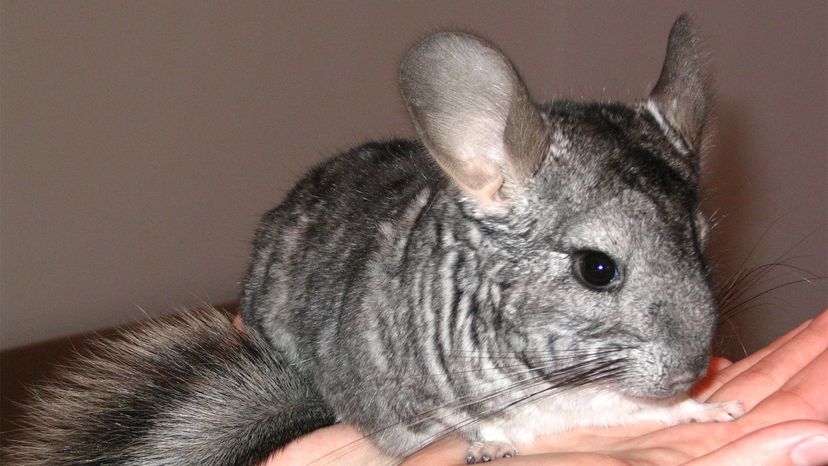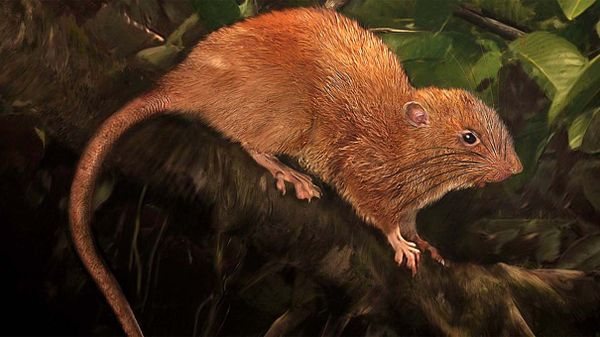
Gather 'round, children, and hear the story of a feature-length horror film from the days of yore — 1984 — about an adorable, unusual pet that had very specific care instructions (which are flagrantly ignored during the course of said film). "Gremlins" is a classic cautionary tale about signing up for pet ownership without proper respect for or understanding of an exotic animal's needs.
In "Gremlins," a man buys a mysterious, adorable creature called a mogwai for his son as a Christmas gift. The care instructions for the creature are simple: Don't get the mogwai wet, don't expose it to bright light and don't feed it after midnight. Of course, "Gremlins" wouldn't be a very good movie if all of these warnings weren't totally forgotten in short order, spawning an army of gremlins — bat-eared reptilian demons that require being vanquished before they murder everyone in town. But what's good for a horror movie is basically never good for real life. And though some exotic pets can turn into literal horror movie material for the owners, for some exotic pets, their owners are the real gremlins.
Advertisement
Which is why it's important to know what you're doing with any pet, but especially an exotic one that hasn't had thousands of generations to acclimate to hanging out with humans.
Take the chinchilla, the softest little rodent you've ever petted. These fast, high-jumping, grapefruit-sized rodents are used to surviving on dry, windswept grasses of the high Andes in Chile (although their range originally extended into Bolivia, Peru and Argentina), hanging around in herds and huddling together in the cold crevices between rocks. Chinchillas are so soft because they evolved at around 14,000 feet (4,270 meters) above sea level where their ultrasoft, warm coats are necessary. While a human only has one hair per hair follicle and even the softest rabbit has 50 hairs per follicle, a chinchilla can have up to 80 — their hair is so dense, parasites like fleas and mites can't even get through it to suck their blood.
Advertisement
